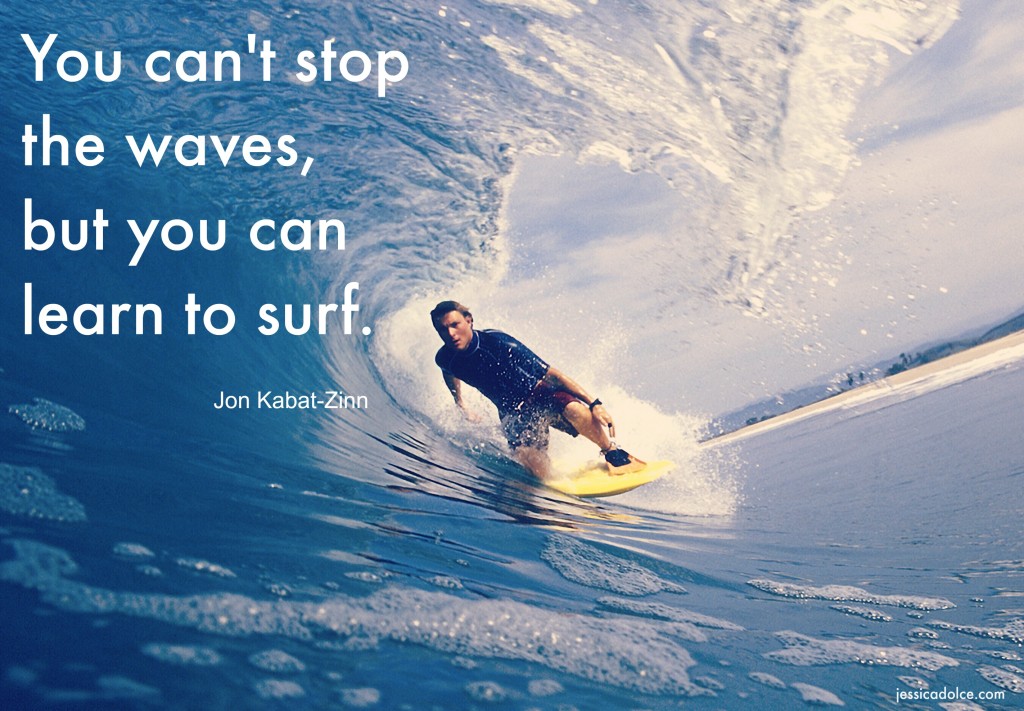Are You On the Path to Burnout?

There’s a new study I want you all to read called Negotiating the Challenges of a Calling: Emotion and Enacted Sensemaking in Animal Shelter Work. According to the authors, animal shelter workers are typically on one of three “calling pathways”…and two of them lead straight to burnout.
I recommend you read this short article on the study, but here’s my quick recap.
The Three Paths
1. Identity-Oriented: You want to make a difference for animals and you see yourself as having a special connection with animals. A big part of your identity is based on the belief that you are uniquely suited to caring for animals. You’re shocked by what you experience at the shelter, perceive challenges as a threat to your sense of self as being gifted with animals, and feel broken down by the work.
2. Contribution-Oriented: You want to make a difference for animals and you see yourself as having special skills that will help the organization. A big part of your identity is based on your belief that you have valuable skills that are in short supply and can make a positive impact for a cause. You are shocked by the challenges at the shelter, perceive them as a threat to your sense of self as a talented contributor, and feel defeated by the work.
3. Practice-Oriented: You want to make a difference for animals. You don’t see yourself as uniquely gifted or talented, but you are just as passionate about working with animals as the other two. You have more realistic expectations of the work and perceive challenges as opportunities for learning. This empowers you and contributes to your belief that you have the capacity to grow and master new skills. You may feel fatigued, but are still happy and fulfilled by the work.
All three “paths” feel called to work with animals and all three feel negative emotions about the upsetting aspects of the work. But according to the study, the first two lead to burnout. Only the third path leads to fulfillment and engagement.
How come? The study goes into great detail about how we frame and make sense of challenges. But one way to consider the three paths is through Carol Dweck’s work on mindset.
Growth Vs. Fixed Mindset
Mindsets are the internal running accounts of what’s happening to us, what we think it means, and what we should do about it. We all have this going on in our minds and it frames and interprets every experience – every challenge we encounter.
The first two paths seem to be more of a “fixed” mindset. In a fixed mindset, people believe their basic qualities, like their intelligence or talent, are fixed, static traits. They spend their time documenting and judging their skills. When a challenge at work occurs, failure is to be avoided at all costs, so they can maintain their identity as gifted or skilled. In an environment like an animal shelter, where conditions are never perfect, this means there will be lots of perceived “failure” and sense that one is never “good enough.”
The third path seems to be a “growth” mindset. In a growth mindset, people believe that their most basic abilities can be developed through dedication and hard work—skills and talent are only the starting point. When a challenge at work occurs, they see this as an opportunity to learn and improve their skills and talent. They’re focused less on proving themselves and more on developing themselves. And they believe others can learn and grow as well. This makes them more resilient to the challenges of working in an environment like an animal shelter.

Next Steps
I frequently get asked if there is a test that organizations can give during interviews to determine if someone would be a good fit for this emotionally challenging work. I would never base a hiring decision on one quiz, but I do think that there’s something to be said for recruiting staff who already have a growth mindset and therefore may be less judgmental (towards themselves and others) and more resilient to the inevitable challenges of the job.
Folks who are more aligned with the idea of learning from others and take pride in being a part of and helping their community (versus someone who only cares about animals and over-identifies as a “helper”) may be able to withstand the ups and downs of the job better.
The good news is that all of us can take steps to help ourselves (and our staff) to develop a growth mindset. For example, managers can help folks on the Contribution-Oriented to recognize that while it can be tough to make a positive impact for animals all the time, they can make a very important, meaningful impact on their coworkers, employees, and the public.
By becoming more aware of our running internal monologue, learning to challenge these thoughts, and committing to the practice of life-long learning, we can open up space for change and growth. And less burnout!
This is the foundation of my online courses and my 1-on-1 coaching. We can’t stop the challenges from coming our way, but through increased self-awareness, a willingness to explore new approaches, and deliberate practice we can learn how to manage them better and become more resilient in the process.
If you’d like to read the full study, which I hope you do, I’m happy to email a single copy to you (copyright prohibits me from sharing the full study here). Just email me.
p.s. if you’re wondering, I see myself in all three paths at different points in my career. I’m happy to report that, with practice, I’m walking that third pathway of growth and collaboration these days. How about you?
Let's Stay Connected.
Sign up for ideas, updates, and your free copy of The ABCs of Self Care Workbook!
I heart boundaries and will never sell your email address. Unsubscribe at any time.

